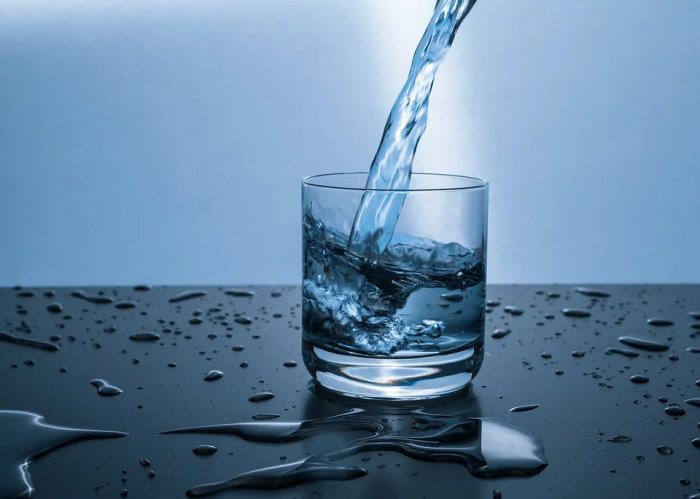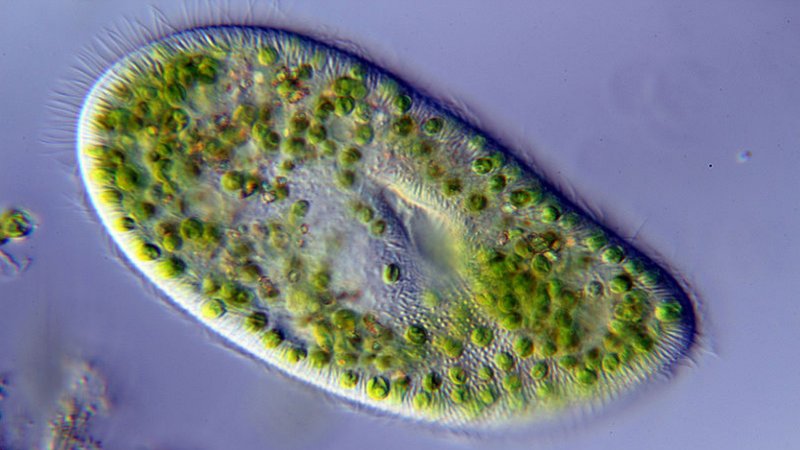Toxic Chemicals Discovered In Drinking Water In The US
Don Wood – MessageToEagle.com – Scientists have discovered potentially toxic chemicals in the drinking water of dozens of U.S. cities.
“A watchdog organization called the Environmental Working Group tested water samples for PFAS, known as “forever chemicals.”
They’re man-made, industrial chemicals that don’t break down in the environment or in the human body.

Credit: Public Domain
Health experts believe exposure to PFAS can increase the risk of cancer, birth defects and reduce the effectiveness of vaccines in children.
PFAS exposure has also been linked to high cholesterol and obesity.
EWG says it took water samples from 44 cities and counties in 31 states and the District of Columbia between May and December of 2019.
They analyzed all the samples, including the one taken from MLGW’s tap water, for 30 different PFAS chemicals.
The report, released this week, shows some of the highest levels of PFAS were found in major metropolitan areas including Miami, Philadelphia and New Orleans.
Some of the lowest, but still concerning levels, were found in Jackson, Mississippi, Little Rock, Arkansas and Memphis, Tennessee,” WMC5 reports.
MLGW spokesperson Stacey Greenberg told WMC5 that “currently the Environmental Protection Agency (EPA) is developing analytical methods, maximum contaminates levels (MCLs) for PFAS and reviewing the health risk associated with PFAS. The EPA non-enforceable health advisory level is 70 parts per trillion.
According to the Environmental Working Group (EWG) sampling referenced in the USA Today “PFAS toxic forever chemicals found in drinking water throughout US” article, Memphis tested at 1 parts per trillion, far below the EPA advisory level. MLGW is actively monitoring the development of regulations and treatment options concerning PFAS.”
Unknown Toxic Byproducts In Drinking Water In The US
Professor Carsten Prasse from Johns Hopkins University and his collaborators from the University of California, Berkeley and Switzerland have also found previously unknown toxic byproducts in drinking water.
“Mixing drinking water with chlorine, the United States’ most common method of disinfecting drinking water, creates previously unidentified toxic byproducts.
There’s no doubt that chlorine is beneficial; chlorination has saved millions of lives worldwide from diseases such as typhoid and cholera since its arrival in the early 20th century. But that process of killing potentially fatal bacteria and viruses comes with unintended consequences.
The discovery of these previously unknown, highly toxic byproducts raises the question how much chlorination is really necessary,” Professor Prasse said.
Phenols, which are chemical compounds that occur naturally in the environment and are abundant in personal care products and pharmaceuticals, are commonly found in drinking water. When these phenols mix with chlorine, the process creates a large number of byproducts. Current analytical chemistry methods, however, are unable to detect and identify all of these byproducts, some which may be harmful and can cause long-term health consequences, Prasse explained.
While Prasse stresses that this is a lab-based study and the presence of these novel byproducts in real drinking water has not been evaluated, the findings also raise the question about the use of alternative methods to disinfect drinking water, including the use of ozone, UV treatment or simple filtration.
“In other countries, especially in Europe, chlorination is not used as frequently, and the water is still safe from waterborne illnesses. In my opinion, we need to evaluate when chlorination is really necessary for the protection of human health and when alternative approaches might be better,” says Prasse.
See also:
Water And Its Secrets: Water Has A Memory Far Longer Than Our Transient Lifetimes
Earth’s Water Is Older Than The Solar System
Microbial ‘Noah’s Ark’ Will Protect Human Health
“Our study also clearly emphasizes the need for the development of new analytical techniques that allow us to evaluate the formation of toxic disinfection by-products when chlorine or other disinfectants are being used. One reason regulators and utilities are not monitoring these compounds is that they don’t have the tools to find them.”
The researchers’ findings were published in the journal Environmental Science & Technology.
To read the entire EWG PFAS in Drinking Water study, click here.
Written by Don Wood – MessageToEagle.com Staff










